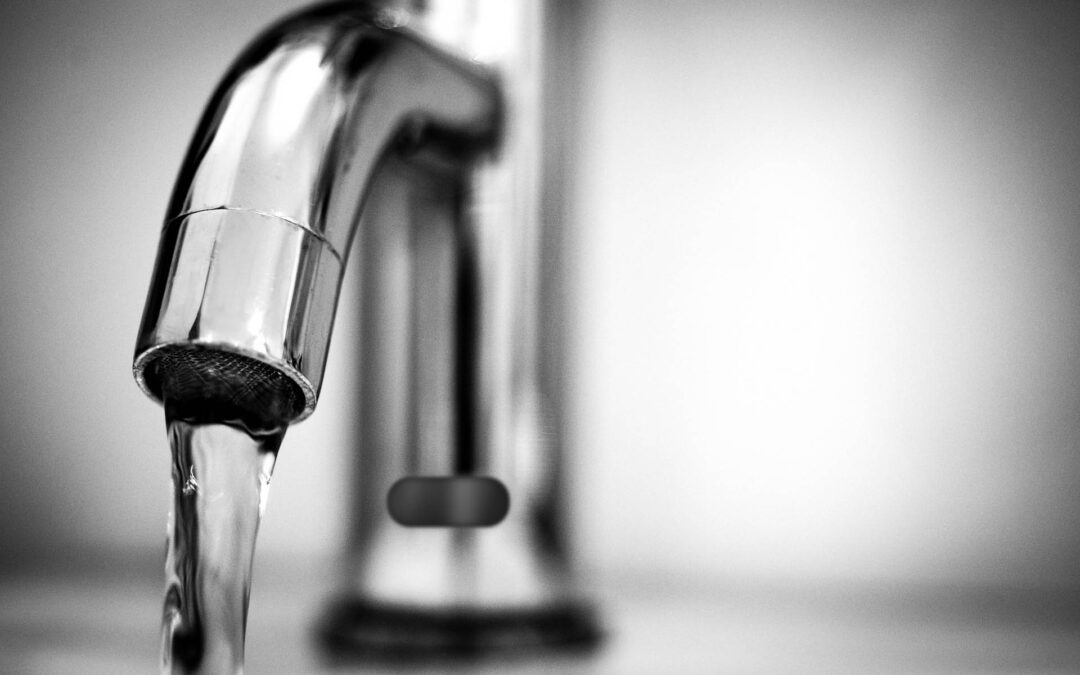What is a Touchless Faucet?
A touchless faucet, also known as a sensor faucet or hands-free faucet, is a type of plumbing fixture that allows users to control water flow without physically touching the faucet handles. These faucets use sensors to detect motion or the presence of hands, triggering the water flow automatically.
What Are the Benefits
Here are 6 benefits of touchless faucets:
Hygiene: One of the primary advantages of touchless faucets is improved hygiene. Since users do not need to touch the faucet handles, there is less risk of spreading germs and bacteria from dirty hands onto the faucet surfaces. Another bonus feature is touchless faucets are easier to clean. Not only do they look less visibly dirty, there are not as many cracks or crevices for grime to attach.
Convenience: Touchless faucets are convenient to use, especially in situations where users have their hands full and are more accessible for small children, senior citizens, and people with disabilities.
Water Conservation: Touchless faucets often come with features such as automatic shut-off, which helps conserve water by turning off the flow when not in use. This can lead to significant water savings over time, particularly in public restrooms and other high-traffic areas.
Safety: It is easier to avoid any scalding temperatures that sometimes occur with a more traditional faucet.
Reduced Maintenance: Since touchless faucets have fewer moving parts and are less prone to wear and tear from manual operation, they typically require less maintenance than traditional faucets. This can result in lower maintenance costs and fewer disruptions due to repairs.
Energy Efficiency: Touchless faucets are often equipped with energy-efficient features such as low-flow aerators, which help reduce water consumption and energy usage. This can lead to cost savings on utility bills while also benefiting the environment by conserving resources.
Modern Aesthetic: Touchless faucets add a modern and sleek aesthetic to kitchens and bathrooms, making them a popular choice for both residential and commercial settings. They can enhance the overall look and feel of a space while also providing practical benefits.
Cost Difference
A standard faucet costs between $300 and $500. While the touchless counterpart costs 30% more, it can reduce your water use by 30 to 50 percent according to HGTV. Based on a recent study by California State University, Sacramento, facilities that installed touchless faucets reported water savings of up to 70% compared to traditional faucets.
Overall, touchless faucets offer a range of advantages, including improved hygiene, convenience, water conservation, reduced maintenance, energy efficiency, and a modern aesthetic. These features make them a popular choice for homeowners, businesses, and public facilities alike.
To learn more about how plumbing works, or to find your perfect plumber, visit https://socalplumbers.com/


